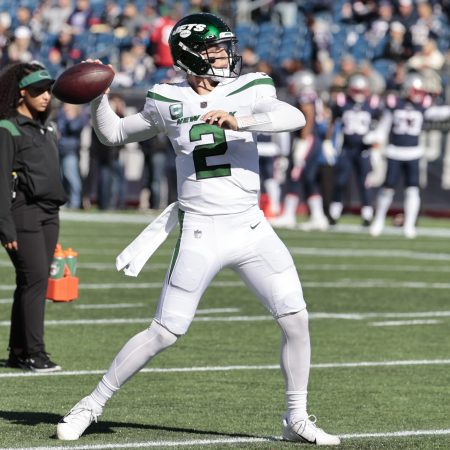Update 25 July 2016
Having reached an agreement with the Feds, XTI is one step closer to getting its first piloted TriFan 600 prototype off the ground.
After getting approval from the SEC to sell 20 million shares of common stock to investors, XTI has reopened its crowdfunding campaign and is actively accepting new investors as you read this.
Thanks to the influx of cash the investment opportunity should generate, XTI has accelerated its development schedule and now plans to fly a 10-percent-scale TriFan model within six months, when its next $1.2 million financing milestone is reached.
According to chief engineer Dr. Dennis Olcott, the model will “provide important aerodynamic data and demonstrate how helicopter flight control laws apply to the TriFan configuration.” After the prototype is built, XTI plans to build a two-thirds piloted prototype using additional funds.
Better push those pennies in now.
—
Let’s state the obvious:
If you’re commuting via helicopter or skipping town on a private jet, you’re already about 10,000% more content than those of us who fly economy and take the bus.
But there’s always room for improvement. To wit: imagine if your chopper and your dual-winger had a baby, and that baby could both take off from a helipad and do New York-to-Chicago at cruising speed. Isn’t that a thing you would want, if you were an owner of assorted private aircraft?
Because that’s exactly what XTI Aircraft is fixing to build with the Trifan 600.
It’s equipped with three horizontal duct fans that allow for vertical takeoff. Once you’re up, the two wing-mounted fans rotate ninety degrees forward, essentially turning a helicopter into a prop plane. In 90 seconds, the Trifan reaches cruising speed. Eleven minutes later, it’s at max altitude (30,000 ft, which means it’s above the kind of turbulence that keeps copters grounded).
Downside: Trifan won’t be on the assembly line anytime soon. But they’re currently raising funds, and with a board that includes a former Cessna COO and an aircraft vet whose company is being purchase by Lockheed Martin for $9B, you’re in good hands.
Hype video below.
This article was featured in the InsideHook newsletter. Sign up now.





















